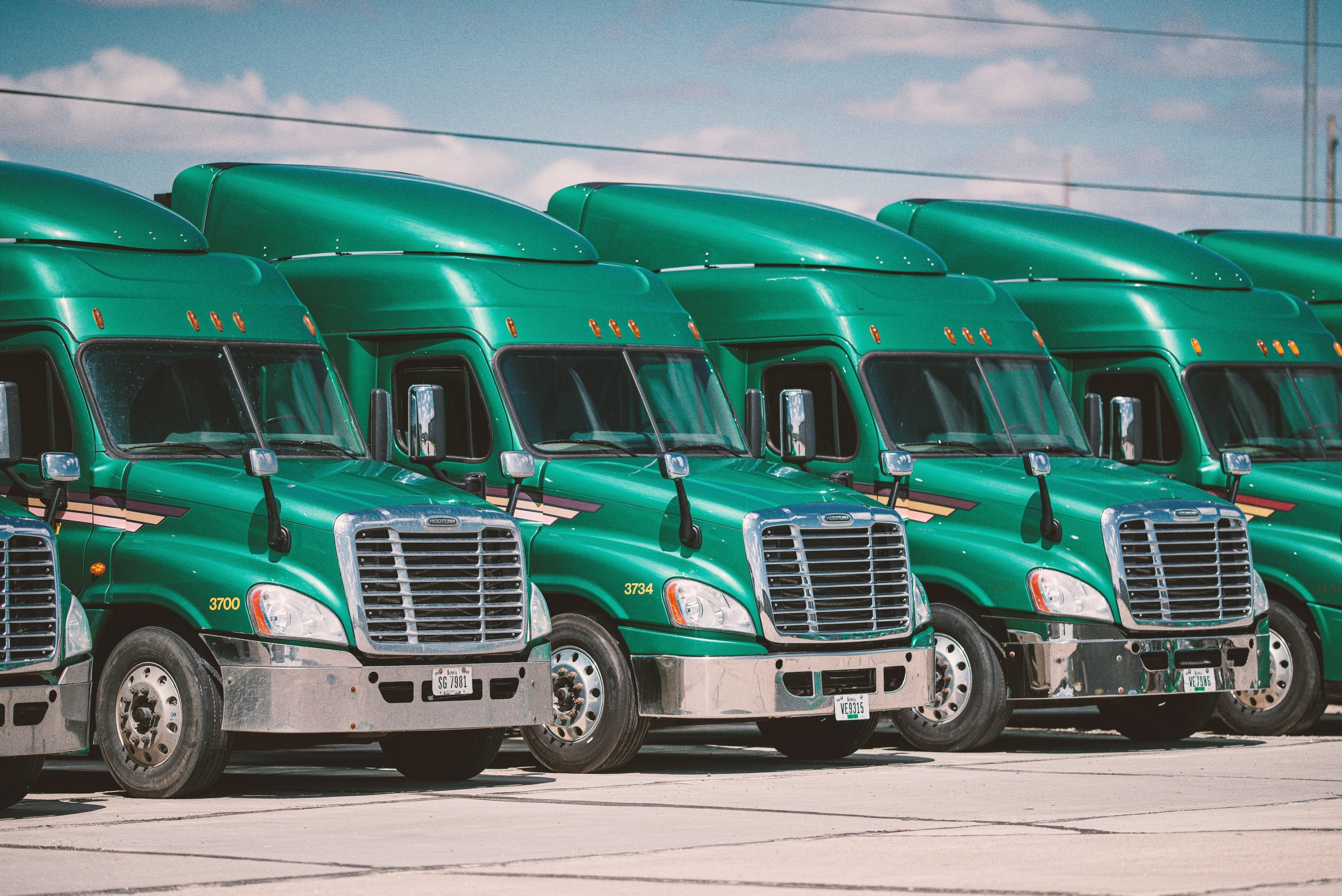Coalition sets sights on supply chain
Supply chain stakeholders are forming a coalition in the southwestern U.S. that seeks to stage certain logistics activities in Nevada, Utah and Arizona and away from the densely populated metropolitan and port areas in California.

Coalition sets sights on supply chain – The Nevada Governor’s Office of Economic Development (GOED) and think tank On Track North America have established the Southwest Supply Chain Coalition in a move they say will alleviate congested highways and improve the balance of truck and rail transportation
The Nevada Governor’s Office of Economic Development (GOED) and think tank On Track North America have established the Southwest Supply Chain Coalition in a move they say will alleviate congested highways and improve the balance of truck and rail transportation, thereby creating system-wide efficiency for the regional supply chain.

Coalition sets sights on supply chain – On Track North America, The coalition seeks to reach out to counterparts in California, Utah and Arizona
The coalition seeks to reach out to counterparts in California, Utah and Arizona to develop a regional approach to coordinating and investing in supply chain transportation infrastructure, while still serving the needs of each respective state. The group is seeking participation from landowners, developers, transportation and energy service providers, local leaders and planners, and shippers and ocean carriers, among others.
“Supply chains extend beyond individual companies, beyond individual industries and beyond state borders,” said GOED Deputy Director Kris Sanchez. “The supply chains of California, Nevada, Utah and Arizona are inextricably linked and growing chaotically.
Enjoying our insights?
Subscribe to our newsletter to keep up with the latest industry trends and developments.
Stay InformedCoalition sets sights on supply chain – GOED Deputy Director Kris Sanchez, “…70 percent of all trucks traveling in Nevada are coming from or going to California.”
“California’s supply chains have expanded into Nevada, Arizona and Utah for warehousing, distribution and production,” Sanchez continued. “Yet, there is only one warehouse in Nevada that is receiving or shipping goods by rail. Meanwhile, 70 percent of all trucks traveling in Nevada are coming from or going to California.”

Coalition sets sights on supply chain – On Track North America’s chief executive Michael Sussman “Supply chains need to be redesigned to support re-shoring of manufacturing and co-location of processing and distribution facilities within the region,”
Nevada’s involvement comes as the state developed a rail plan, written with the help of OnTrackNorthAmerica’s chief executive Michael Sussman. The plan was created to seek ways to integrate Nevada’s trucking and rail resources to better serve the state’s freight needs. Nevada’s 2021 rail plan argues that building out the state’s freight rail infrastructure supports near-shoring efforts as companies seek to source more materials and parts within North America.
“Supply chains need to be redesigned to support re-shoring of manufacturing and co-location of processing and distribution facilities within the region,” Sussman said.





















